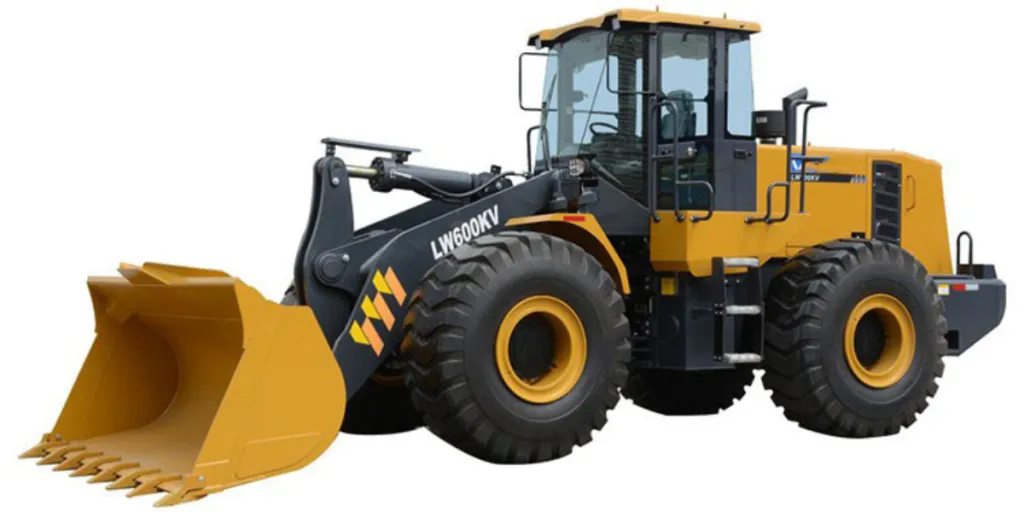Manufacturers of foods such as milk, cheese, honey, and fruit juice need pasteurizing equipment to sterilize their products in a shorter time, eliminate and inhibit harmful bacteria, make them safe for consumption, and extend shelf life.
This article, therefore, helps you choose the best and most reliable pasteurizer that meets your customers’ needs based on product type, capacity, energy source, pasteurization method, and sterilization time.
Table of Contents
Global market overview of pasteurizers
Selection tips for pasteurizer equipment
Types of pasteurization
Conclusion
Global market overview of pasteurizer
In 2020, the global market value of pasteurizer equipment stood at USD 2.3 billion, and with a compound annual growth rate of 8.4%, which is fueled by the demand for pasteurized dairy products, the market value is projected to have hit USD 6.8 billion by the year 2033.
With milk and yogurt being a necessity in every household and with people of all ages, the demand for these dairy products keeps growing daily due to global population growth. This demand is the number one driving factor behind pasteurizer equipment’s global expansion.
Naturally, dairy products contain harmful bacteria that are inhibited when the product is treated through boiling. With large quantities of milk, pasteurization is the most effective sterilization process as opposed to the usual boiling, which takes longer and consumes more energy.
And after the pandemic, more people are aware of food safety and hygiene, hence the growing demand for pasteurized dairy products to prevent food poisoning and improve digestion and the immune system.
Selection tips for pasteurizer equipment
Product type
Food products have different characteristics, such as particle size, heat sensitivity, viscosity, and acidity. This means certain foods or beverages will require a certain pasteurization process to maintain quality and safety.

For instance, treating dairy products such as milk and cream differs from fruits because milk has higher heat sensitivity than the latter. Therefore, understanding these differences will help businesses choose pasteurizer equipment designed to handle their product type without the risk of low product quality, spoilage, or damage.
Capacity
There are small, medium, and large pasteurizers. But the ideal pasteurizer depends on how much product (milk, honey, cheese, juice, etc.) a business needs to pasteurize in a given hour or day.
For example, the VAT (a small-capacity pasteurizer) for small businesses comes in 15 and 30-gallon sizes. Pasteurizing a single batch takes several to 30 minutes, depending on the temperatures.
Now, when you total the amount of time it takes to heat and cool the product plus the time it takes to clean the equipment, the amount of time needed in one entire batch is 2 ½ hours. Businesses should consider their production needs and find a suitable pasteurizer.
Pasteurization method
There are three main methods of pasteurization; high-temperature short-time, higher-heat shorter-time, and ultra-high temperatures. The most common pasteurization method is the high-temperature short-time (HTST) method, but choosing the ideal method depends on the product type, viscosity, and heat sensitivity.

Some products may require low temperature long time (LTLT) pasteurization to maintain their color, texture, and flavor, while others require HTST for proper sanitation. That said, businesses should choose the ideal pasteurization method based on the type of products they process.
Energy source
Three energy sources can be used for pasteurizer equipment; electricity, gas, and steam. Each has advantages and disadvantages based on availability, cost, and energy efficiency.
The steam pasteurization method is a popular choice because of its efficiency. It can be produced cheaply using various energy sources such as electricity, oil, or natural gas. As discussed earlier, each product has different characteristics such as heat sensitivity, viscosity, and particle size. Therefore, pressurized steam may be effective for treating some products like milk, not juice.
On the other hand, direct fire pasteurization entails heating the product by direct contact with flame, which is ideal for specific products, such as those with high viscosity. However, the drawback of this method is that it is energy inefficient compared to steam pasteurization.
Sterilization time
Sterilization time highly depends on the products’ viscosity, composition, and heat resistance. Products with low acid content may require low sterilization time compared to those with high sugar content.
The higher the temperature, the shorter the pasteurization process. That said, only some products require longer sterilization time since they may change flavor, color, and texture with high temperature. Therefore, businesses should choose pasteurizer equipment designed to meet their products’ specific requirements.
Maximum sterilizing temperature
Products have different sterilization temperatures based on their heat resistance, composition, and pH. Low-acid products include milk and juice; they require high sterilization temperature to kill pathogens. On the other hand, high-acid products such as tomato sauce may require low sterilizing temperature.
Types of pasteurization
High-temperature short-time (HTST)
This method is best suited for daily products such as milk. The HTST method of milk pasteurization involves heating milk at 72 degrees Celsius for 15 seconds. It effectively kills most of the harmful and resistant bacteria found in milk.

This continuous pasteurization method involves hot pasteurized milk on one side of stainless steel plates being cooled by oncoming cold raw milk on the other side of the plates.
Pros
– The initial cost of this method is lower.
– Milk can be treated fast and effectively.
Cons
– It heavily relies on a continuous temperature-controlled supply chain from packaging and shipping to the designated storage room in the retail section.
Ultra-high temperature (UHT)
Ultra-high temperature involves the pasteurization of milk at temperatures between 138 and 150 degrees Celsius for not less than 2 seconds. It is then packaged and sealed in sterilized containers.

Pros
– Milk can go for a month without the need for refrigeration.
– Shelf life is extended to up to 90 days.
Cons
– After opening, UHT milk tends to spoil in the same period as other conventionally pasteurized products.
Higher-heat shorter-time (HHST)
The higher-heat shorter-time method of milk processing aims to ensure a longer shelf life under refrigeration.
For this case, heat is applied using high temperatures of above 100 degrees Celsius on continuously flowing milk or product. Then, that product is immediately cooled at temperatures below 4 degrees Celsius.
Pros
– Extended shelf life (ESL) labeled foods are produced through this process. They can last beyond their traditionally expected life.
– Major bacterial re-infection sources are significantly reduced while maintaining quality for the consumer.
Cons
– The products must be stored below 4 degrees Celsius. Otherwise, they risk spoilage.
Conclusion
Pasteurization is the most important part of all dairy product processing to ensure safety and extended shelf life. Using the tips above, businesses can choose the right pasteurizer that meets their product requirements.
Also read: 5 Tips for Selecting Metal Packaging for Your Product








